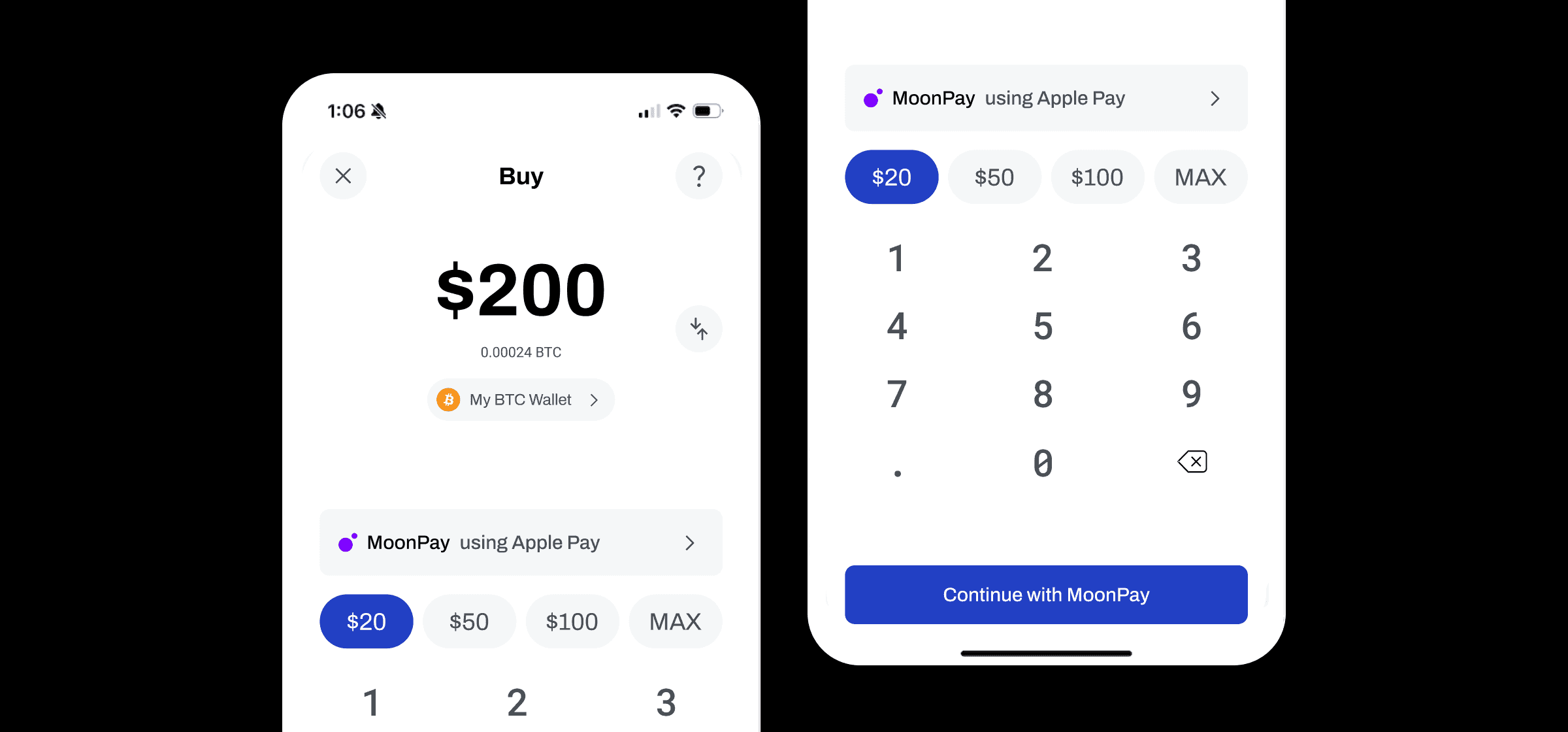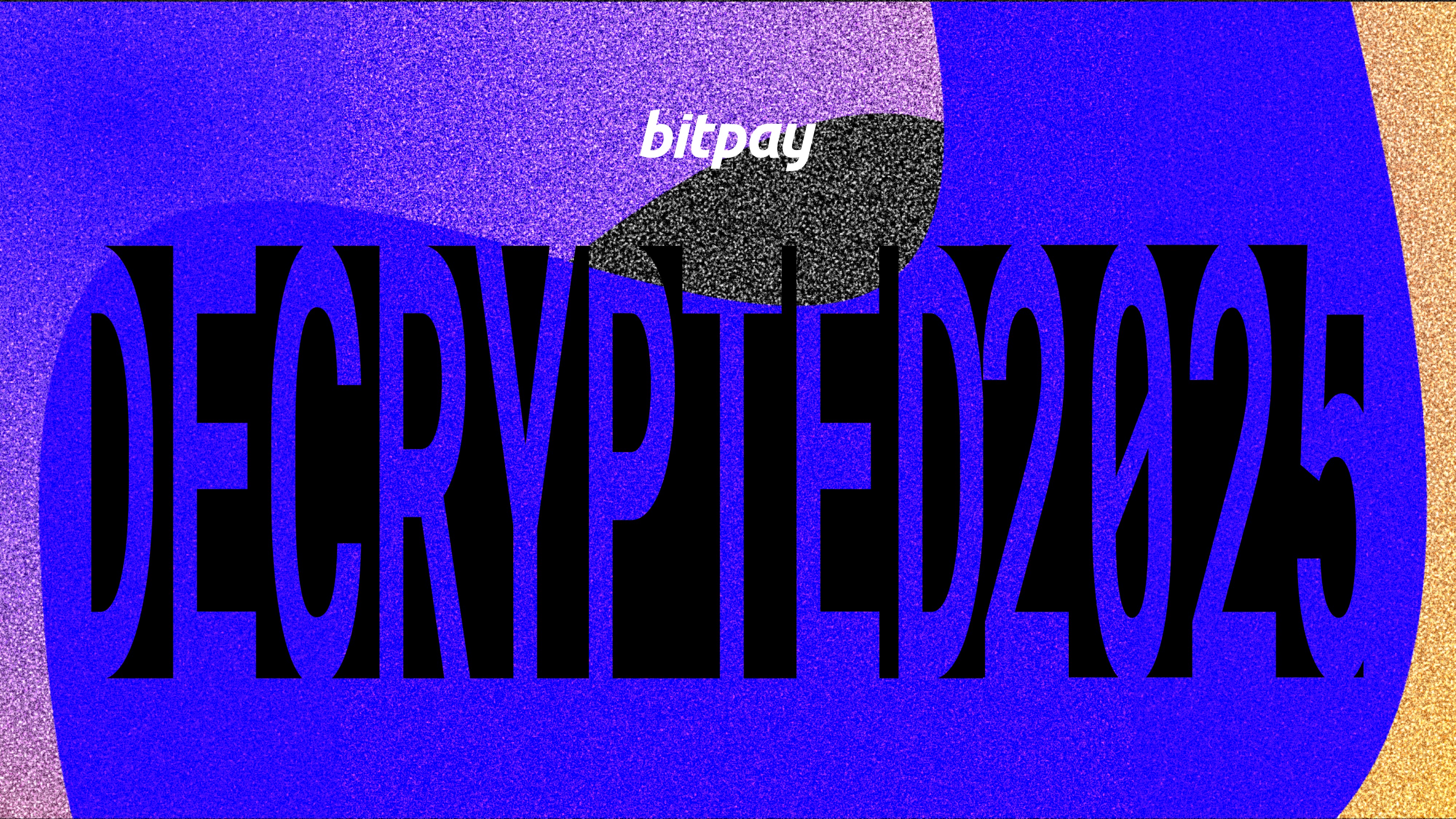October 9, 2024
The Evolution of Bitcoin: A History of BTC’s Price & Cultural Significance
The Important Bits
Bitcoin was introduced in response to the 2008 global financial crisis, with the white paper detailing a decentralized peer-to-peer electronic cash system sent by Satoshi Nakamoto in October 2008.
The early years saw little value or use for Bitcoin until the first recorded transaction in May 2010, where 10,000 BTC were exchanged for two pizzas, now celebrated as Bitcoin Pizza Day.
Bitcoin's development from 2013 to 2020 was marked by significant price volatility, regulatory challenges, and notable events like the Mt. Gox collapse and Silk Road shutdown.
By 2024, Bitcoin had reached new all-time highs and seen the introduction of Bitcoin ETFs, with advancements in security and scalability ensuring its ongoing global adoption and cultural impact.
Intro to Bitcoin's history
In response to the 2008 global financial crisis, which revealed the vulnerabilities of centralized banking systems, a pseudonymous creator named Satoshi Nakamoto sent the Bitcoin white paper to an email list of programmers on October 31, 2008. It detailed the concept of a “digital peer-to-peer electronic cash system” using a new cryptographic method called proof-of-work.
Bitcoin revolutionized financial transactions by enabling peer-to-peer transfers without the need for third-party intermediaries like banks or PayPal.Users can directly transfer funds to each other without the need for approval from any central authority. All previous attempts to create digital money of this nature had failed. Alongside the success of Bitcoin, there have been myriad other related advancements in technology, payments, finance, and peer-to-peer transactions.
In this guide, we’ll outline Bitcoin’s evolution and how its emergence has impacted the world.
Early years of Bitcoin (2009-2012)
On January 3, 2009, the Bitcoin genesis block was mined (the genesis block of a blockchain is the initial block with no previous transactions attached). This signaled the start of a new monetary paradigm.
For over a year, Bitcoin had little to no value. Anyone could mine it with the CPU of a personal computer, but no one traded or used it.
On May 22, 2010, things changed. For the first time, a transaction using Bitcoin was recorded. This involved someone in Florida offering to pay 10,000 BTC in exchange for the delivery of two pizzas. The exact post on the Bitcointalk.com forum read as follows:
“I’ll pay 10,000 bitcoins for a couple of pizzas … like maybe 2 large ones so I have some leftover for the next day,”
To which another user replied:
“10,000... Thats quite a bit.. you could sell those on https://www.bitcoinmarket.com/ for $41USD right now…good luck on getting your free pizza.”
Eventually, someone took the first user up on his offer. While the coins may have been worth $41 on the open market, the pizzas cost about $25, giving each BTC a value of less than one penny. (In August 2024, with BTC trading around the $60,000 mark, those coins would be worth about $600,000,000). Each year on May 22nd, this transaction is celebrated and has come to be known as Bitcoin Pizza Day.
Fast-forward to 2012, and the first Bitcoin halving event occurred. This cut the oncoming supply of BTC from 50 coins per block down to 25. While early Bitcoin developments were significant, the most notable historical milestones began in 2013.
Rise and volatility (2013-2020)
In 2013 and 2014, Bitcoin was still in its early development phase. At the time, most available Bitcoin was trading hands on an exchange called Mt.Gox. Coinbase had only just been founded in 2013, and the first Bitcoin ATM was introduced the same year.
In November 2013, BTC reached a price of $1,000 for the first time - an impressive feat considering BTC traded hands at $13.30 during the same year. It would later crash from a high of nearly $1,200 to a low of $218 the following year.
In February 2014, something disastrous happened. Mt.Gox halted withdrawals before its website eventually went offline. After a series of press releases blaming an alleged security flaw in the Bitcoin code, the exchange filed for bankruptcy on March 9 to halt U.S. legal action by traders accusing the entire operation of being fraudulent.
Another notable event in 2014 was the shutdown of the Silk Road marketplace. Silk Road was an anonymous online marketplace where users around the world could buy and sell anything with Bitcoin, including illicit substances. This caught the attention of law enforcement agencies like the FBI in the United States. The creator of Silk Road, Ross Ulbricht, was apprehended and sentenced to life in prison.
Almost every new year brings with it another significant Bitcoin price milestone. The years 2013 - 2020 were particularly historic in this regard. The Bitcoin price languished between $200 and $500 throughout most of 2014 and 2015. The second halving event occurred in 2016.
2017 was a breakout year for Bitcoin. Over 12 months, Bitcoin went from $1,000 in January to nearly $20,000 in December. Mainstream news sources started covering Bitcoin like never before.
By late 2018, Bitcoin had fallen to $3,200. Less than a year later, 2019 saw a significant rebound toward the $14,400 level before experiencing another correction down to around $9,000, where it was in March 2020.
When the COVID-19 pandemic and resulting economic shutdowns hit, the Bitcoin price quickly cratered to $4,100, with flash crashes on some exchanges logging prices as low as $3,000 momentarily. By the end of the year, however, the price recovered to make a new all-time high of $29,000.
Recent trends and developments (2021-2024)
In 2021, Bitcoin reached a peak price of $69,000, which would have sounded outrageous ten years earlier. On January 10, 2024, another development that many denied would ever happen came true: the first Bitcoin exchange-traded funds (ETFs) were introduced. The Bitcoin price rallied to a new all-time high in months, hitting $73,000 in March 2024. This marked the first time in Bitcoin history that a new all-time high was reached before the halving event occurred about a month later.
Over time, advancements in security, such as improved encryption and multi-signature wallets, have enhanced Bitcoin's resilience against attacks. Meanwhile, scalability solutions like the Lightning Network have been developed to handle more transactions faster, ensuring Bitcoin remains viable as global adoption grows.
Cultural significance of Bitcoin & future prospects
Bitcoin created an entire culture around itself that continues growing to this day. Huge communities across X (formerly Twitter) and reddit continue to be hives for conversation and discourse. However, the famed internet money has spread to IRL communities, too. Every year, many Bitcoin and blockchain conferences are held worldwide, some of which host tens of thousands of attendees.
Bitcoin has also found its way into popular culture. The first recorded mention of Bitcoin in a popular TV show was in 2012 in a show called The Good Wife. Since then, Bitcoin and crypto have become such an integral part of the mainstream that the tech has been mentioned in many movies, commercials, TV shows, and political proceedings. Former President Donald Trump even gave a speech at the Bitcoin 2024 conference in Nashville, Tennessee.
Overall, crypto has had a very contentious reputation among the public and in the media. Being rife with fraud and difficult to understand for many, it’s not hard to see why that perception of crypto exists. Media declarations of Bitcoin being “dead” have been so prevalent over the years that a site called 99bitcoins.com has even been keeping track. They’ve recorded hundreds of so-called “Bitcoin obituaries.”
Future Prospects
While Bitcoin's future looks bright, many challenges and uncertainties lie ahead. Regulatory agencies have struggled to adapt to Bitcoin and blockchain. In 2024, with the approval of exchange-traded products for BTC and ETH, some regulatory clarity began to materialize for the first time. Still, many questions remain for the companies that work in related industries: miners, exchanges, decentralized finance protocols, etc.
Wrap up on BTC
The evolution of Bitcoin from a niche idea to a global financial force is an impressive feat that few saw coming. It has overcome some serious challenges, from technological hurdles to regulatory scrutiny, and has sparked a revolution in finance and technology.
The impact of Bitcoin and crypto on the world has been undeniable so far. Whether as a store of value, a means of exchange, or a catalyst for innovation, Bitcoin has solidified its place in history. As we move forward, it’s safe to say the evolution of Bitcoin and blockchain will continue to profoundly shape our world.
Note: All information herein is for educational purposes only, and shouldn't be interpreted as legal, tax, financial, investment or other advice. BitPay does not guarantee the accuracy, completeness, or usefulness of any information in this publication and we neither endorse, nor are we responsible for, the accuracy or reliability of any information submitted or published by third parties. Nothing contained herein shall constitute a solicitation, recommendation, endorsement or offer to invest, buy, or sell any coins, tokens or other crypto assets. BitPay is not liable for any errors, omissions or inaccuracies. For legal, tax, investment or financial guidance, a professional should be consulted.





